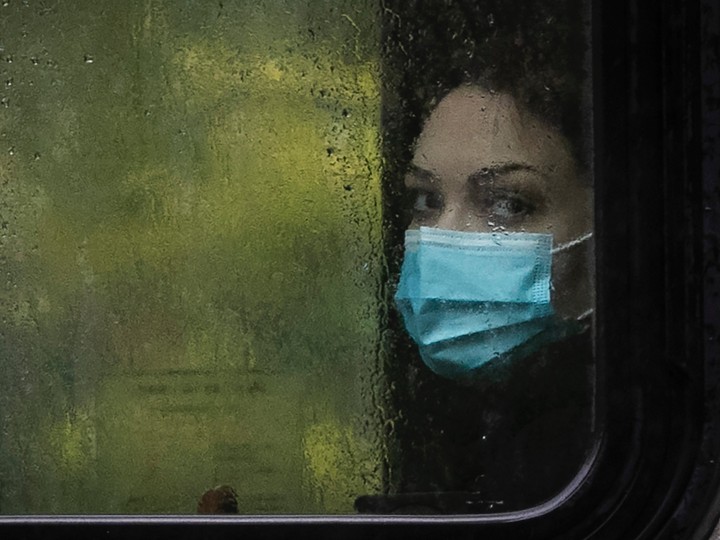by inez jabalpurwalain a knowledge-based economy, we place a high value on brain function. but how much value do we place on understanding the factors that impact brain health, and developing solutions to ensure the condition of our brains remain optimal? how much do we value
brain capital, which encompasses brain skills and brain health, in a global economy that depends on it for growth and prosperity? as we learn more about the lasting impacts of sars-cov-2 — the virus that causes covid-19 — on the brain, these questions take on greater relevance for business and the economy.the fight against viruses is more nuanced than simply preventing death. when kenneth irving and his partners founded
rocket science health, a medical device company, in 2017, they set priorities that would have a social impact, including pandemic preparedness. when covid-19 was just beginning to grow into a global pandemic, kenneth asked: what if this respiratory virus could enter the central nervous system, or otherwise impact the brain? what would be the long-term consequences? will we be prepared with answers and solutions?these questions led to the creation of a non-profit venture called the viral neural exploration (
vinex) in april of 2020. the growth of vinex, which i lead, has mirrored a growing recognition that the devastating consequences of the covid-19 pandemic would not end for everyone after vaccination. this issue was first raised by researchers and clinicians, and then by people with lived experience who were beginning to organize on social media, and finally by public health officials and
governments.what has been missing from the discourse is how covid-19 brain health impacts are having an effect on businesses and the economy, not only through decreased productivity and employee absence, but also because of a loss of optimal brain function.it is estimated that
10 to 35 per cent of covid-19 survivors experience symptoms that persist weeks or even months after infection; this phenomenon is known as “long covid,” and it can be
debilitating. while there are a range of reported symptoms — as many as
200 by some counts — many are neurological or psychiatric in nature, including headaches, “brain fog,” chronic fatigue, impaired memory or concentration, anxiety, depression and insomnia. and if we look to the
evidence of other infectious diseases causing prolonged complications with long recoveries, and even triggering chronic illnesses, there is a precedent going back centuries — including post-pandemic brain impacts observed in the
russian and
spanish flus — for what we are observing with covid-19 and what may lie ahead. but covid-19’s scale means prolonged complications and recoveries have the potential to become a national and global crisis that could significantly impact our available workforce, long into the future.a
survey conducted last may by vinex, the
covid long haulers support group canada and
neurological health charities canada, found that 60 per cent of people living with long covid had to take a leave from work, 70 per cent had to reduce their hours, and one quarter had to go on disability leave. in addition,
women in their middle years — their prime working years — are disproportionately impacted by long covid, with estimates ranging from
60 per cent to 80 per cent of all reported cases. while these findings point to direct costs to businesses, what has not been captured is the more insidious and difficult-to-measure costs: when brain health is not optimal, our workforce is not optimal; workers are less resilient to everyday stress, and they cannot deploy fully their intellect, creativity, and problem-solving skills. this represents a threat to productivity and profitability. as noted by the
oecd, business leaders (and governments) need to recognize that “economic and business activity are modulated by the mental capacity of their people.” indeed, the oecd’s new approaches to economic challenges group has established a
neuroscience-inspired policy initiative, which aims to use insights from brain science to influence policies supporting productivity, education and innovation.the fact that
women, different
socio-demographic groups and
cultural communities, especially ethnic and racial minorities, are disproportionately impacted by the virus presents one more barrier to their full participation in the economy. for women in particular, as they shoulder the majority of caretaking and household management, the impact extends to unpaid (and sometimes unrecognized) work.
 6 minute read
6 minute read









